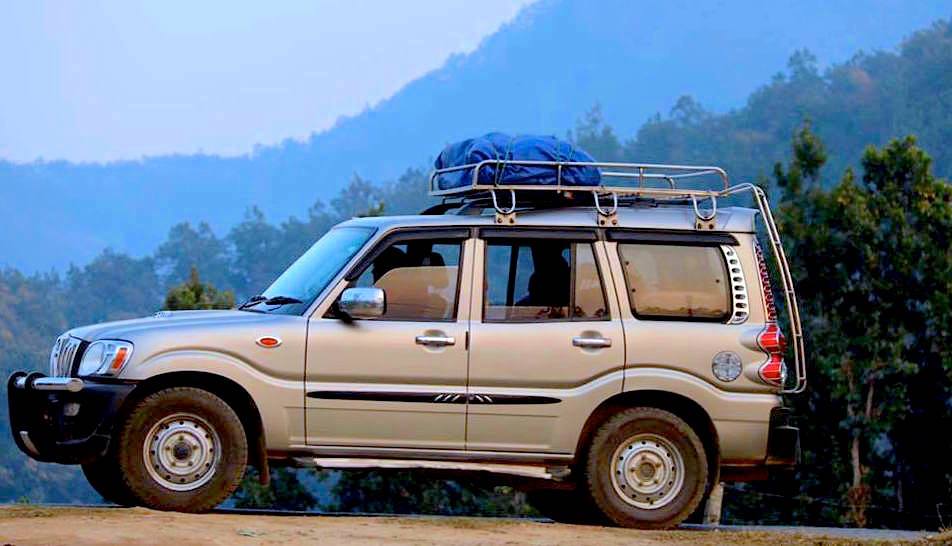
Langtang trekking - Langtang trek - Langtang region trekking
Langtang trekking is third most popular trekking region in Nepal Himalayas. Langtang area is a region toward to the north of Kathmandu and bordering Tibet. Langtang National Park is the nearest trekking region from Kathmandu where the views are simply spectacular and awesome. The trek starts at Dhunche, reached after a 9-hour adventurous drive through the high hills on a graveled road. Langtang Gosainkunda trekking with an extended trek through Shivapuri National Park is an ideal introduction to trekking trips in Nepal. The Langtang trail follows through the ethnic Tamang villages, lush green forests and the wide spread Kyanjing valley surrounded by snowy peaks. This valley is also known as Kyanjin Gompa (3,800m/12,467ft) from where the 360 degree mountain views are truly panoramic. An ascend to Tserko Ri (5,033m/16,513ft) could be a great excursion from Kyanjing Gompa. As we retrace the route back down to Thulo Syabru or Syaphru, we climb towards the Gosainkunda Lake (4,380m/14,370ft). The Lake is also known as Frozen Lake. After crossing the adventurous Gosainkunda pass (4,609m/15,122ft), we trek down to Tharepati. Gosainkunda pass remains closed in February and March because of snow. Trekking in Langtang region is not considered as strenuous due to the gradual ascent along the river valley but it demands some challenges too. The trek ends at Sundarijal, the famous watershed area and the biggest resources of Kathmandu's drinking water supply.
Weather in the Langtang region:
Trekking in the Langtang region is possible throughout the year however the best times to trek considered are spring and autumn. The spring season starts from the beginning of March to end of May and the autumn season starts from the beginning of September to end of November. The winters are very cold and summers are wet. The days are sunny and warm but the nights are cold and can fall to freezing in higher elevations. Trekking in late winter (Jan and Feb) is more difficult towards Gosainkunda Lake. The high passes remain closed because of the ice/snow blockade. April and early May is a good time to see the trees bursting into bloom, with Rhododendrons, adding a spectacular splash of color to the landscape.
High Altitude Warning:
Altitude sickness is a serious concern in the Langtang region that can affect even young and healthy people. The only medicine to high altitude sickness is to descend, descend and descend. Headache is the most common symptom and there are other signs of Acute Mountain Sickness (AMS) for different people but include fatigue, dizziness, loss of appetite, nausea or vomiting, difficulty in walking and rattling breath.
We are very much concerned of your safety and our guides are aware of such situations how they should be dealt with.
Experience Required:
We have categorized Langtang Gosainkunda trekking as medium-hard trek and are suitable for passionate trekkers who have courage to walk at least 5-6 hours each day. You might even need to walk 6 to 7 hours or more on some days. However, if you have passions, good health with average physical fitness and self confidence, the Langtang Gosainkunda trek can be completed successfully. Regular exercising and jogging for some weeks prior to the trip is a good idea to enhance your strength and stability. If you have any previous hiking experience, that would be an asset. It is important that you consult with your doctor before making decision for this trek if you have any medical problems in the history. Participants with pre-existing medical conditions such as heart, lungs or any other serious disease should inform Trekking Encounters before booking the trek.
Trekking Highlights
Wildlife such as red panda
Monkeys by the trail
Stunning views of glaciers
Lakes and mountains
Amazing photogenic sunsets
Cheese made from cow milk
Possibility of peak climbing
Dense forests
Langtang is a culturally rich and diverse national park





